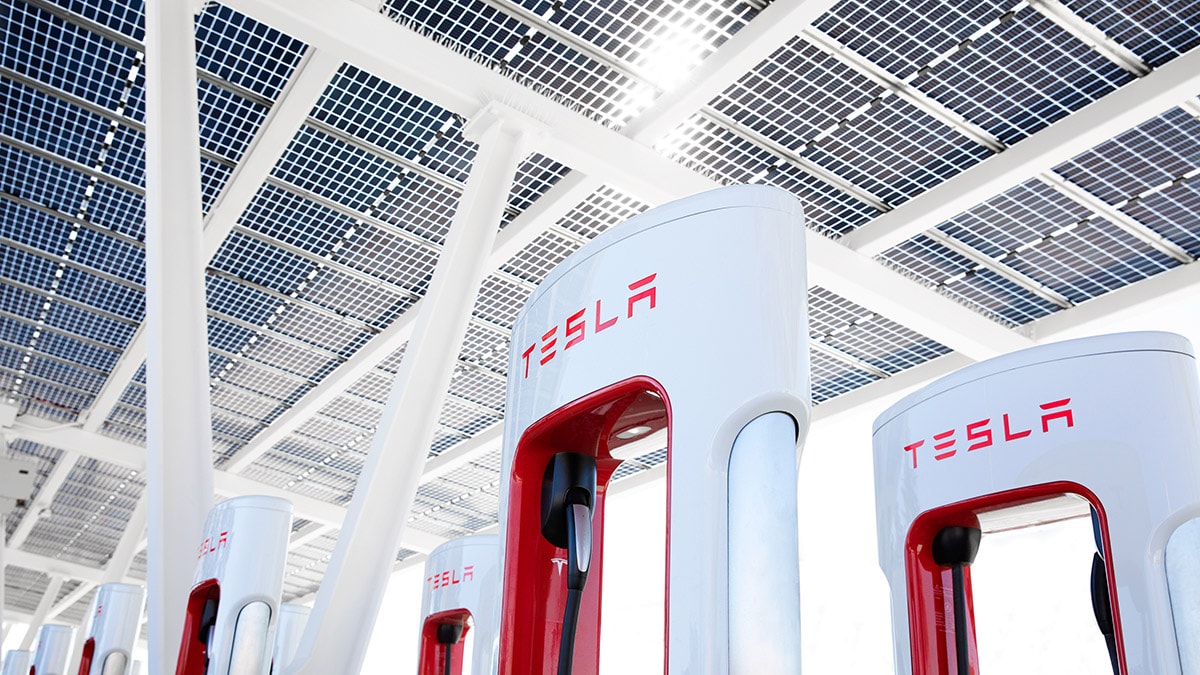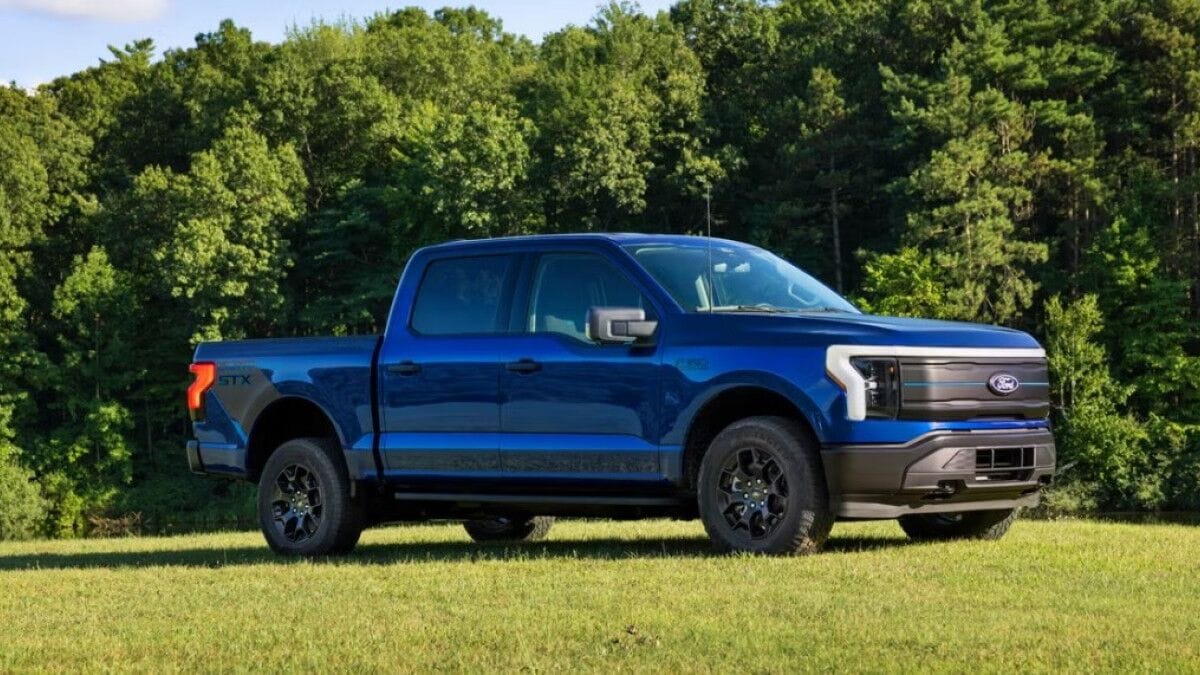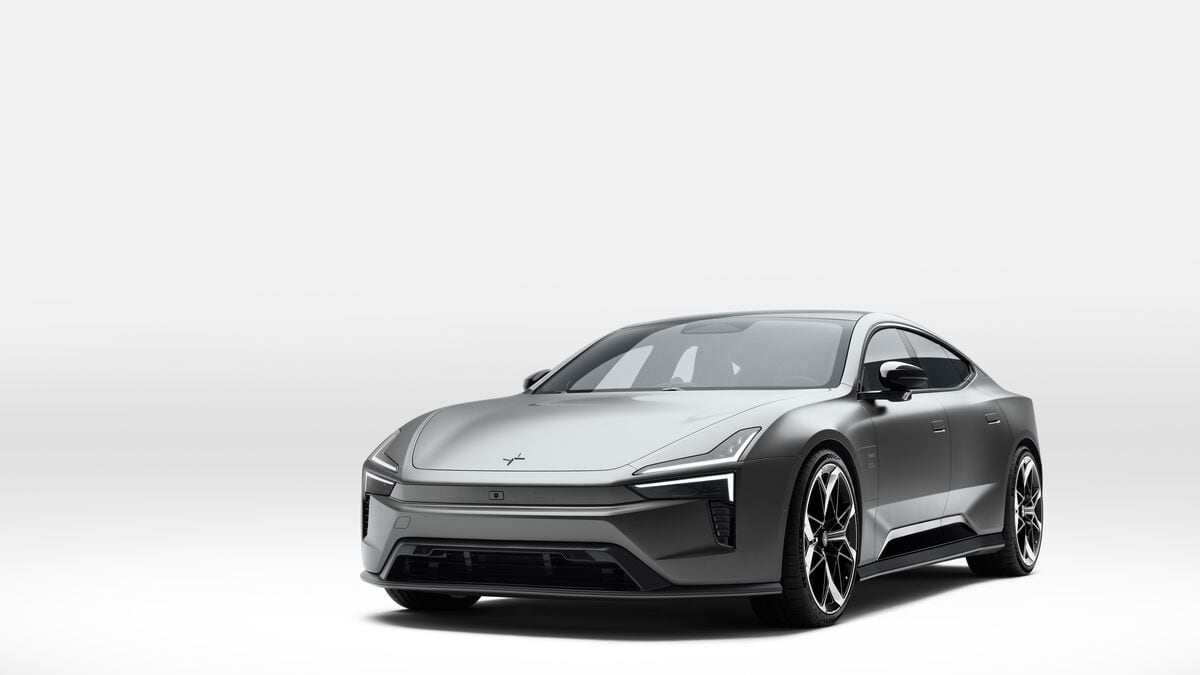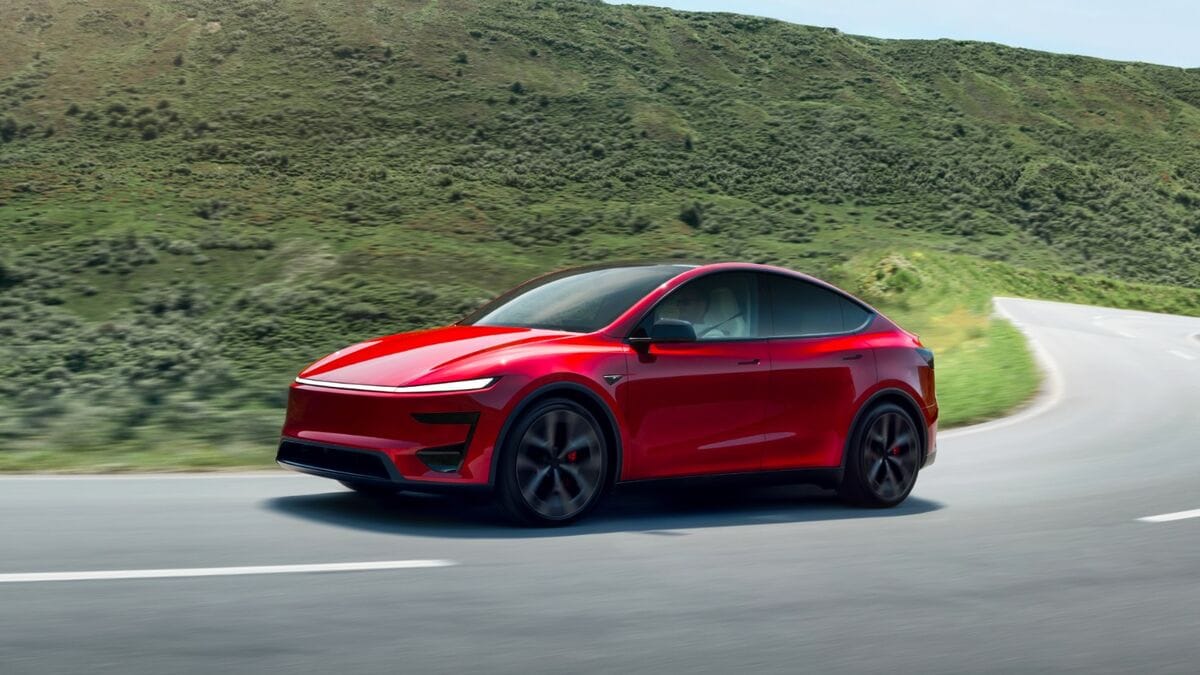New Tesla superchargers are appearing in three states, and they look a little unusual. The fourth generation of Tesla’s public charging stations has new features not found on prior models – like a credit card reader and a touchscreen.
Getting Ready to Welcome Strangers
The changes result from Tesla opening its charging network for use by other automakers. Tesla owners will soon have to get used to sharing space with owners of Ford, Kia, Volvo, and cars from more traditional automakers.
Tesla has built at least one V4 version of its famous supercharger in Alabama, Nevada, and Oregon, according to InsideEVs. The V4 includes an adapter for cars equipped with the CCS charging port on most non-Tesla EVs.
Related – EV Charging Stations: Everything You Need to Know
Tesla’s walled-garden charging network is the country’s largest and most reliable. It has long been a significant competitive advantage for the company. Because other networks are less reliable and their chargers are harder to find, Teslas have been the logical choice for EV shoppers in many parts of the country.
You may look at every EV and find that you prefer another company’s car but still conclude that buying a Tesla makes more sense because it’s so much easier to find chargers in your area.
But earlier this year, Tesla agreed to open the network for use by Ford EVs. Ford planned to provide buyers of its EVs with adapters that would let them charge at superchargers. Many other automakers subsequently negotiated the same agreement for their cars, from General Motors to Mercedes. Hyundai and Kia signed on this month.
This expansion necessitates some changes to the architecture. Prior versions of the supercharger have been mechanically simple, lacking any interface. Drivers plug in and trust that Tesla will charge the account on file for their car for the energy it uses.
The new models have credit card readers and touchscreens so that one-time users can buy electricity from the company. They also, InsideEVs notes, include “significantly longer cable, which is necessary to reach charging inlets in various locations of the vehicle (front-rear, left-right), compared to Tesla (always located at the left rear of the car).”








